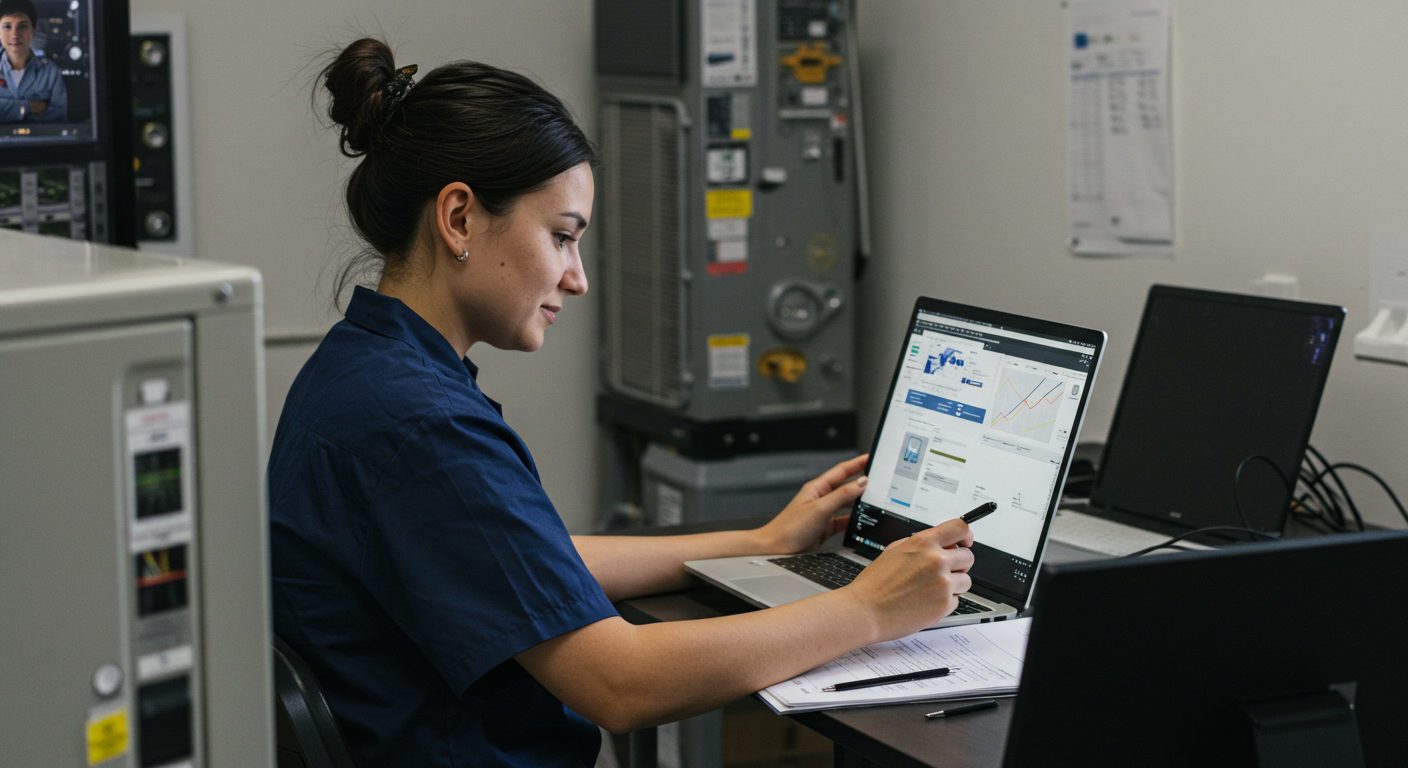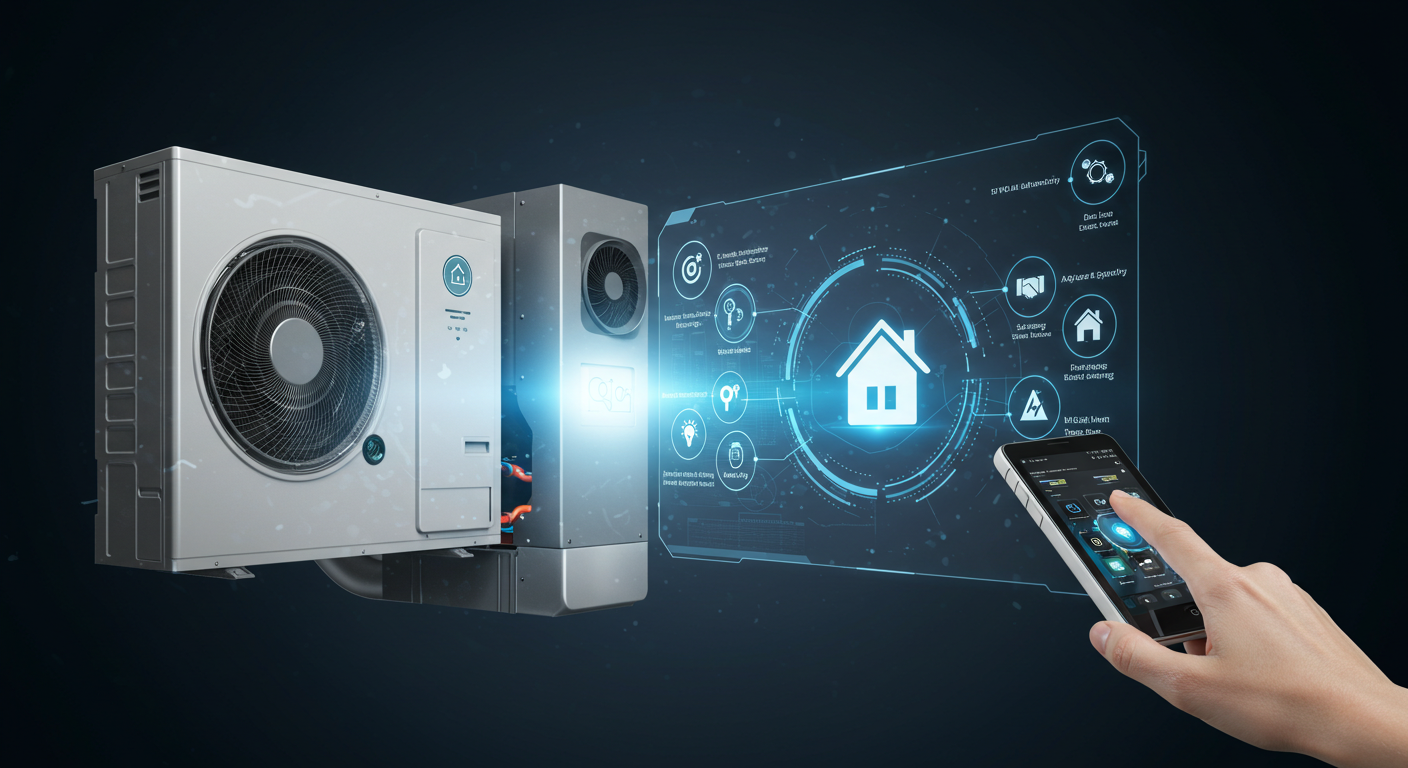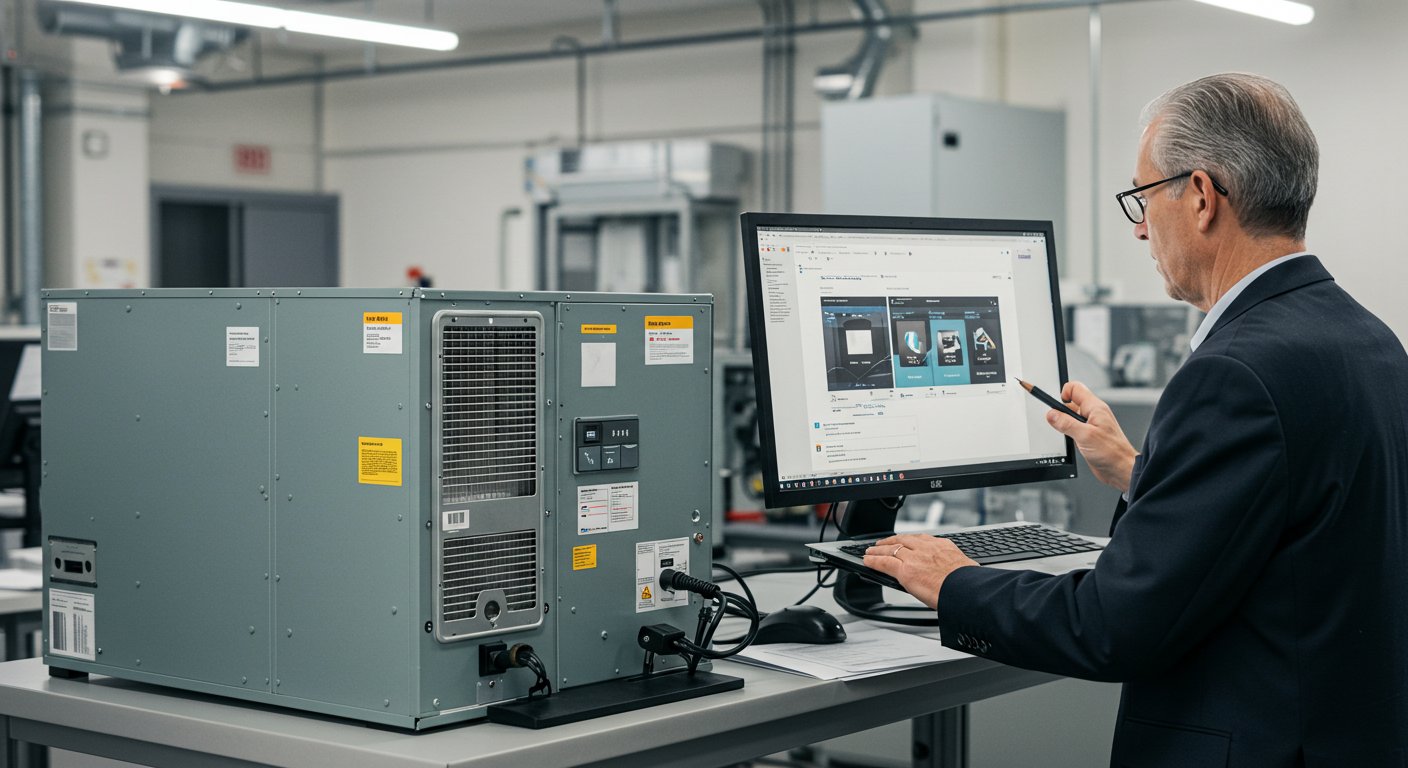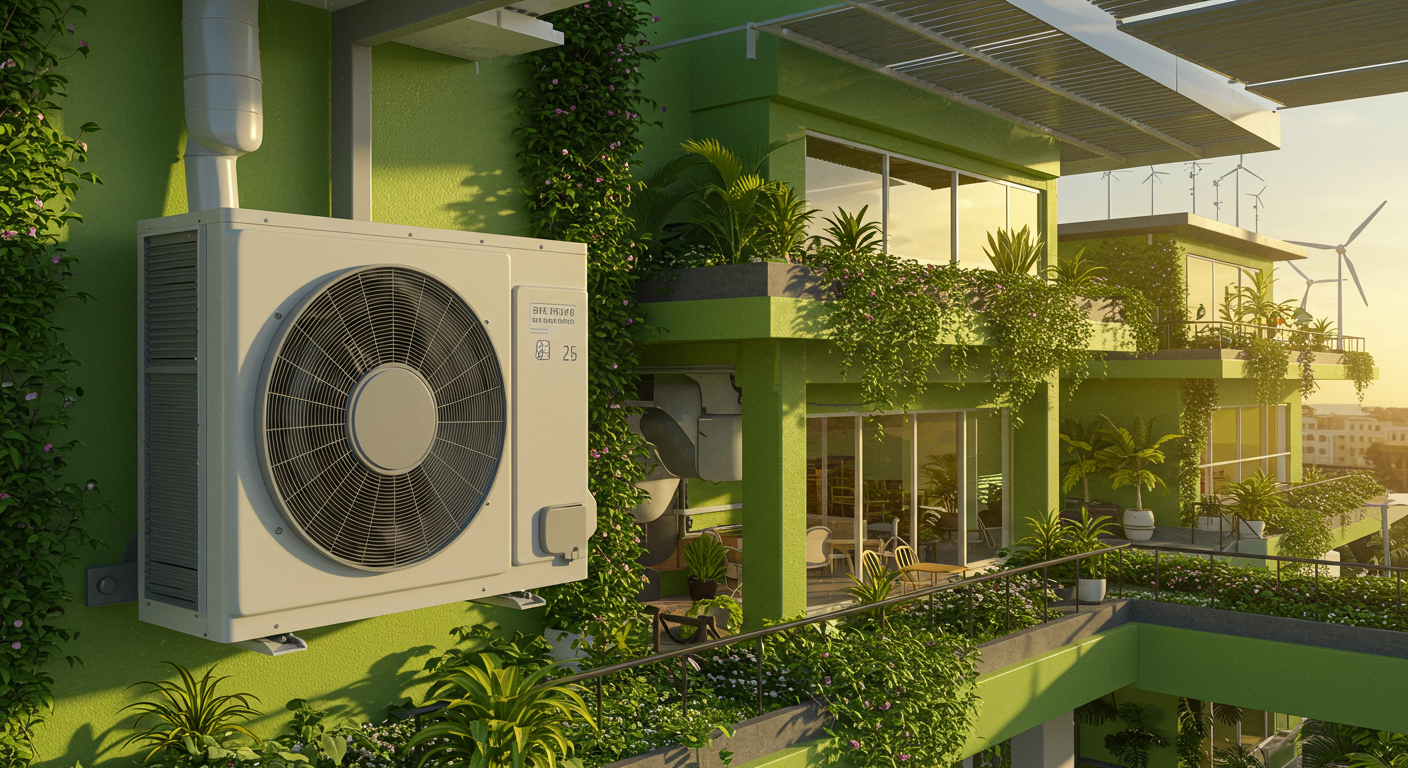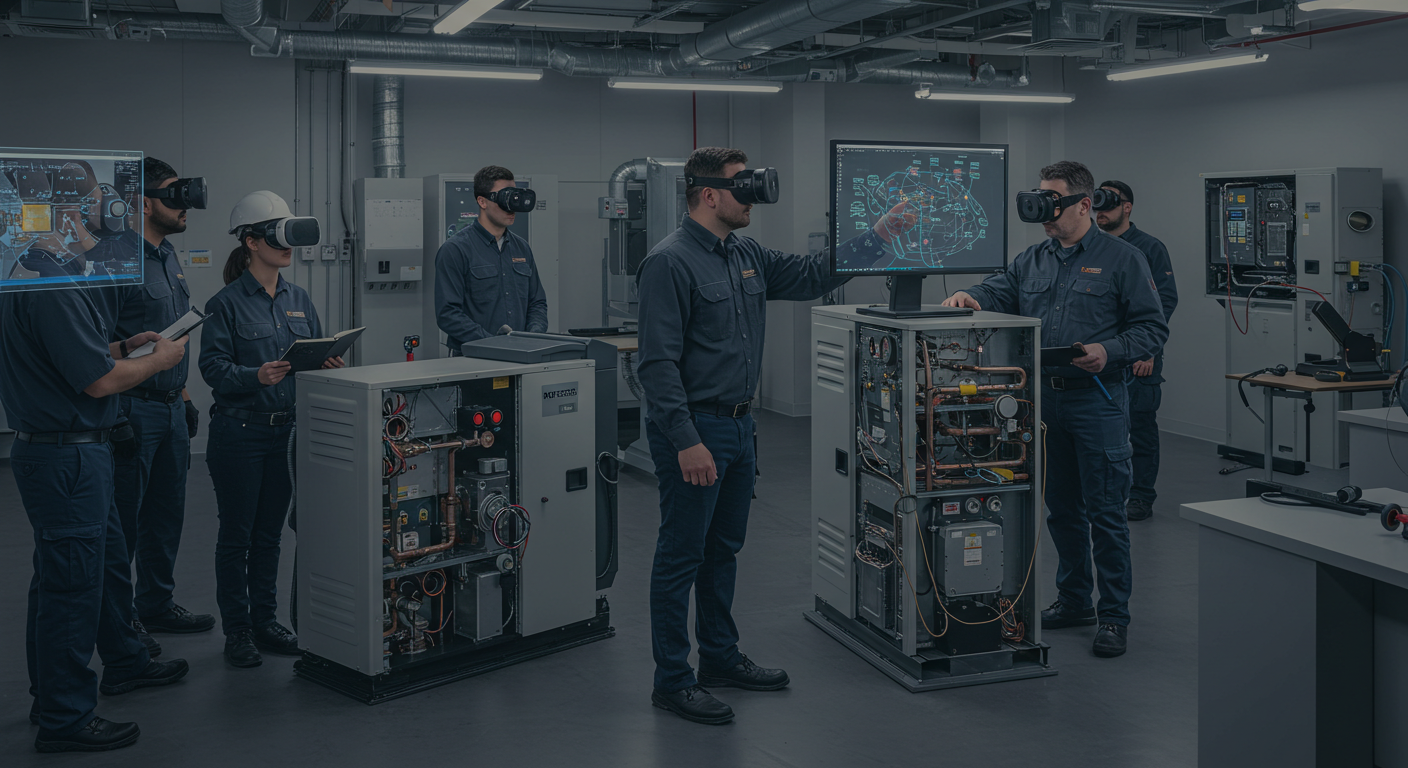Boost HVAC Sales with Before-and-After Photos
Are you looking to enhance your HVAC business and close sales more efficiently? Using before-and-after photos could be your secret weapon. These visual tools not only help showcase your work but also build trust and transparency with potential clients. In this article, we’ll explore how to use these images effectively to increase your sales and improve customer satisfaction.
The Power of Before-and-After Photos in HVAC Sales
Before-and-after photos can dramatically transform your sales strategy. By visually demonstrating the improvements and transformations your services offer, you make it easier for customers to visualize the end result and feel more confident in their purchasing decisions. This approach has been shown to speed up the sales cycle, increase average ticket sizes, and reduce callback rates, ultimately boosting your business’s efficiency and profitability.
Enhancing Customer Experience Through Visualization
In today’s competitive market, customers expect more than just verbal promises. They want to see tangible proof of what they are investing in. By incorporating real product images and room-by-room airflow modeling into your proposals, you make it easier for customers to understand the value of higher-quality systems. This strategy not only helps in selling premium products but also increases the average order value.
Benefits of Visual Interactive Proposals
Visual interactive proposals are a game-changer in the HVAC industry. They allow you to present your services and products in a more engaging way, making it easier for clients to grasp complex information. These proposals can include videos and milestone updates, which further reduce confusion during the installation process and set clear expectations, minimizing the likelihood of callbacks.
- Faster closing cycles
- Increased average ticket sizes
- Fewer design changes
- Decreased callback rates
Competitive Differentiation Through Visual Tools
Stand out from the competition by using visual tools like before-and-after galleries or 3D modeling. These tools not only provide transparency but also build trust with potential customers. By showing them what to expect, you make it easier for them to make decisions regarding system upgrades or replacements.
Conclusion
Incorporating before-and-after photos into your HVAC sales strategy can significantly enhance your business’s success. By providing visual evidence of your work, you build customer trust and improve your brand’s credibility. Consider integrating these visuals into your marketing efforts to see a noticeable increase in sales and customer satisfaction.
Ready to boost your HVAC sales? Start using before-and-after photos today and watch your business grow!
FAQ: Using Before-and-After Photos in HVAC Sales
What are the benefits of using HVAC before and after photos?
These photos help build customer trust by providing visual proof of your work, leading to faster sales cycles and increased order values.
How can before-and-after photos reduce callbacks?
By setting clear expectations and providing visual clarity on the project outcome, customers are less likely to be confused or dissatisfied with the results.
Why are visual proposals more effective than traditional ones?
Visual proposals engage customers better, making complex information easier to understand and increasing the likelihood of purchasing higher-quality systems.
How do before-and-after photos help in competitive differentiation?
They provide transparency and build trust, making your services more memorable and helping customers make informed decisions.
Can before-and-after photos improve my HVAC website’s conversion rates?
Yes, top-performing HVAC websites using visual content achieve conversion rates over 15%, significantly higher than the average service business.


